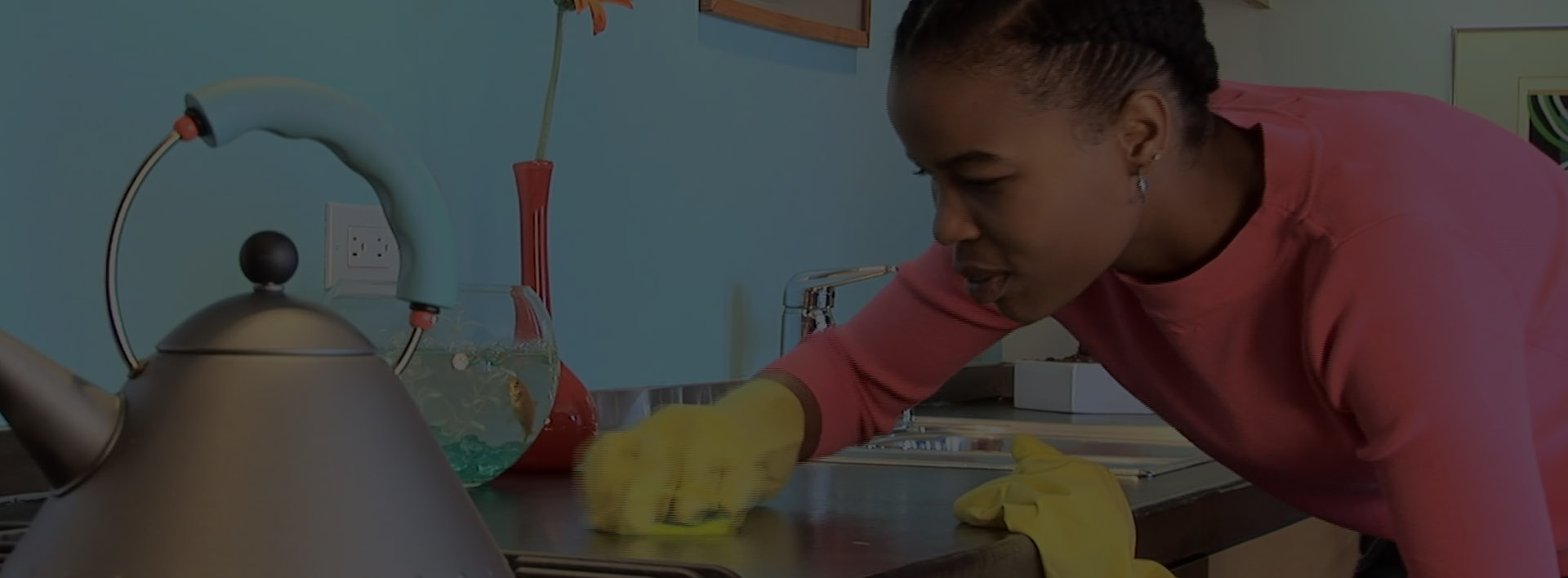
12 Mar WAYS TO TEACH KIDS PATIENCE
The way to teach patience is by practicing patience. Some people are naturally more patient than others. For some people learning to be patient requires more of practice, children are no different. Children have different temperaments; some are also more patient than others. The most effective way to determine how best to teach your child the art of patience is by observing them and trying to point out what triggers them. Pinpointing the specific triggers will help you to know where to start from. Parents, caregivers, teachers should also avoid instances that may cause impatience e.g nagging, rushing and sarcasm.
Below are tips that will help in teaching patience
Start small, start short.
Start requiring small doses of patience from your child at an early age. You may only be asking them to calm down and wait quietly for 1-2 minutes before you’ll put more milk in their sippy cup, but it’s a start. As your child gets older, you can push them to show patience for longer periods of time until their desires are met.
Teach self-control.
Having patience in children is a matter of learning that they can and should control their emotions and actions, even when they are anxious, eager, or tired. Teach your child to regain some self-control before you fulfill their request. Doing so while they’re acting out will only instill the idea that acting out impatiently isn’t the way to get what you want.
Purposeful delays.
Parents need to purposefully delay some things for no other reason but to teach patience. If your CHILD wants something new, there may be no real reason for them not to have it at the time they request for it. But waiting for certain events (Christmas or their birthday) might teach them that they can wait for things that matter, and have it all turn out okay in the end.
Taking turns.
Nothing tests a child’s patience more than having to wait his or her turn for something to happen. The only way to get better at this is to practice. If your child struggles with waiting his turn for the swings, make more frequent trips mostly for outdoor activities to reinforce the need to be courteous and patient. The repetition will help him learn to cope with the wait.
Model patience
Being patient doesn’t mean just being able to wait; it means being able to wait calmly . It can be difficult to remain patient when trying to get the kids to school and no one has shoes on, or when late for an important appointment. This is exactly when you need to remain calm. Use humor and games to keep kids moving along, laugh when something doesn’t go according to plan and solve problems out loud when something becomes stressful. When you start verbalize your potential problem solving strategies, the kids start acting it just like you do. It works.



No Comments